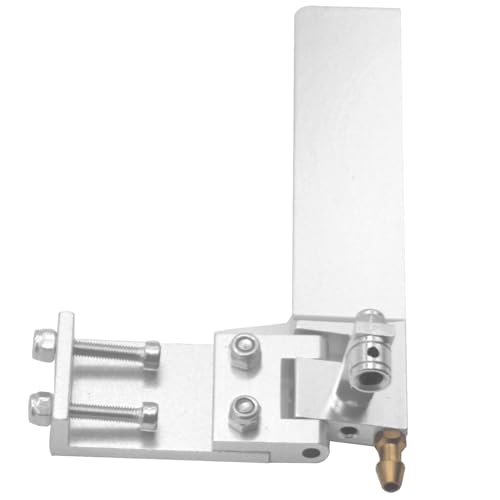That sloppiness in the threads is why I CRINGE almost EVERY time I see someone tighten a glow plug!!!!! That copper washer is there to help keep that plug from backing out. It's there to provide a slight crush. Along with better heat transfer between the plug and the head. You don't keep re using that same copper washer because each time it's tightened it's going to have a little less crush to it. You want to check the plug after a run? Go ahead! I leave that copper ring with the plug and put the plug back in if the plug is good. Just don't keep using that same washer with the next ten plugs!! That washer is getting slightly thinner each time the plug is tightened. Doubt that will have much if any change in performance. You leave that same ring in there with the next four or five plugs it may... I've never stripped that hole out. But, I've NEVER had one back out!
The tapered plugs, I can't say anything about. Never had an engine that used them.
Now I'll get down off my shoebox and go back to bed... Ken





































